
Compound (G) is:


Both
None
The correct Answer is:b
RX in (I) with o−CN gives R−C≡N, while RX in (II) with CNo− gives R−⊕N≡o−C
(For explaination see solved Example 11.10)
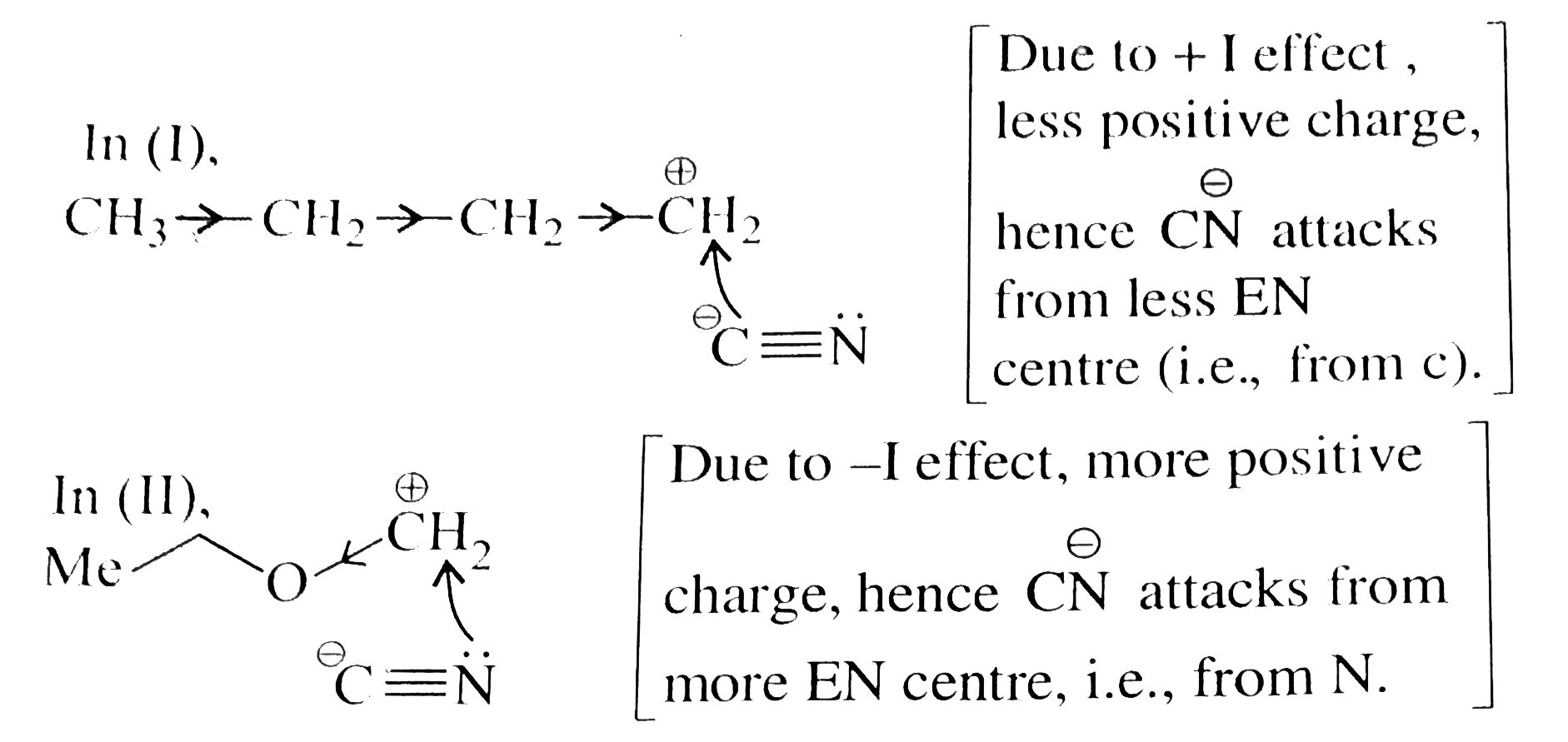
Reactions are:
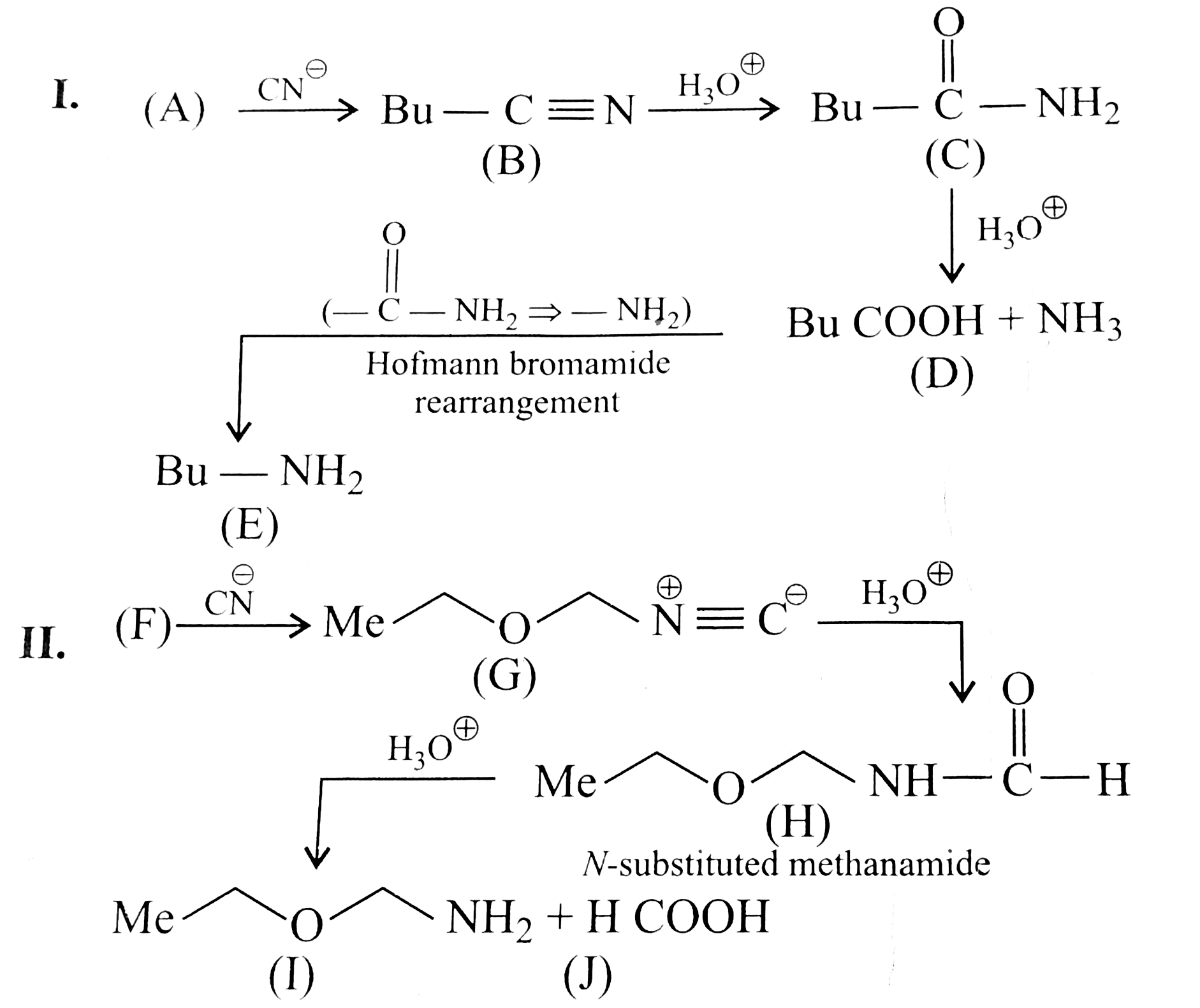
Topper's Solved these Questions
- AROMATIC COMPOUNDS AND ALKYL AND ARYL HALIDES Book:CENGAGE CHEMISTRYChapter:AROMATIC COMPOUNDS AND ALKYL AND ARYL HALIDES Exercise:Exercises Multiple Correct
Explore 35 Videos
- AROMATIC COMPOUNDS AND ALKYL AND ARYL HALIDES Book:CENGAGE CHEMISTRYChapter:AROMATIC COMPOUNDS AND ALKYL AND ARYL HALIDES Exercise:Exercises Multiple Correct Answers Type
Explore 12 Videos
- AROMATIC COMPOUNDS AND ALKYL AND ARYL HALIDES Book:CENGAGE CHEMISTRYChapter:AROMATIC COMPOUNDS AND ALKYL AND ARYL HALIDES Exercise:Exercises Linked Compreshension Type
Explore 11 Videos
- APPENDIX INORGANIC VOLUME 2Book:CENGAGE CHEMISTRYChapter:APPENDIX INORGANIC VOLUME 2Exercise:Short Answer Type
Explore 179 Videos
- BIOMOLECULESBook:CENGAGE CHEMISTRYChapter:BIOMOLECULESExercise:Exercises Archives (Analytical And Descriptive)
Explore 8 Videos
Similar Questions
A compound (A) is greenish crystalline salt, which gave the following reactions.
(i)Addition of BaCl2 solution to the solution of (A) results in the formation of white precipitate (B) which is insoluble in dilute HCl.
(ii)On heating (A), water vapours and two oxides of sulphur (C) and (D) are liberated leaving a red brown residue (E).
(iii)(E) dissolves in warm concentrated HCl to give a yellow solution (F).
(iv)Solution (F) on treatment with thiocyanate ions gives blood red coloured compound (G).
Identify the compounds from (A) to (G).
View SolutionThe following questions refer to the compounds (A to G) shown below :

View Solution
Knowledge Check

If the lacetone formation in compound (G) takes place between C−1 and C−5, then the structure of (G) can be represented as:A B
B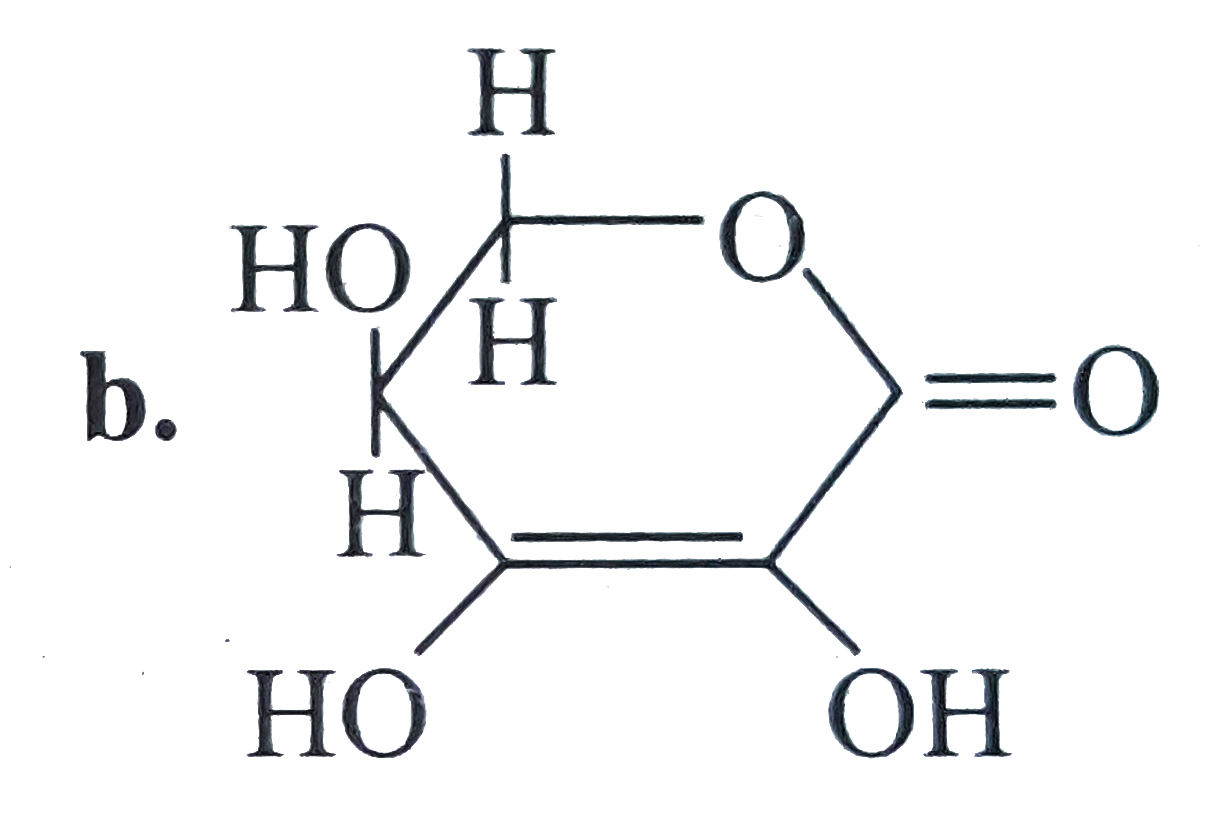 C
C D
D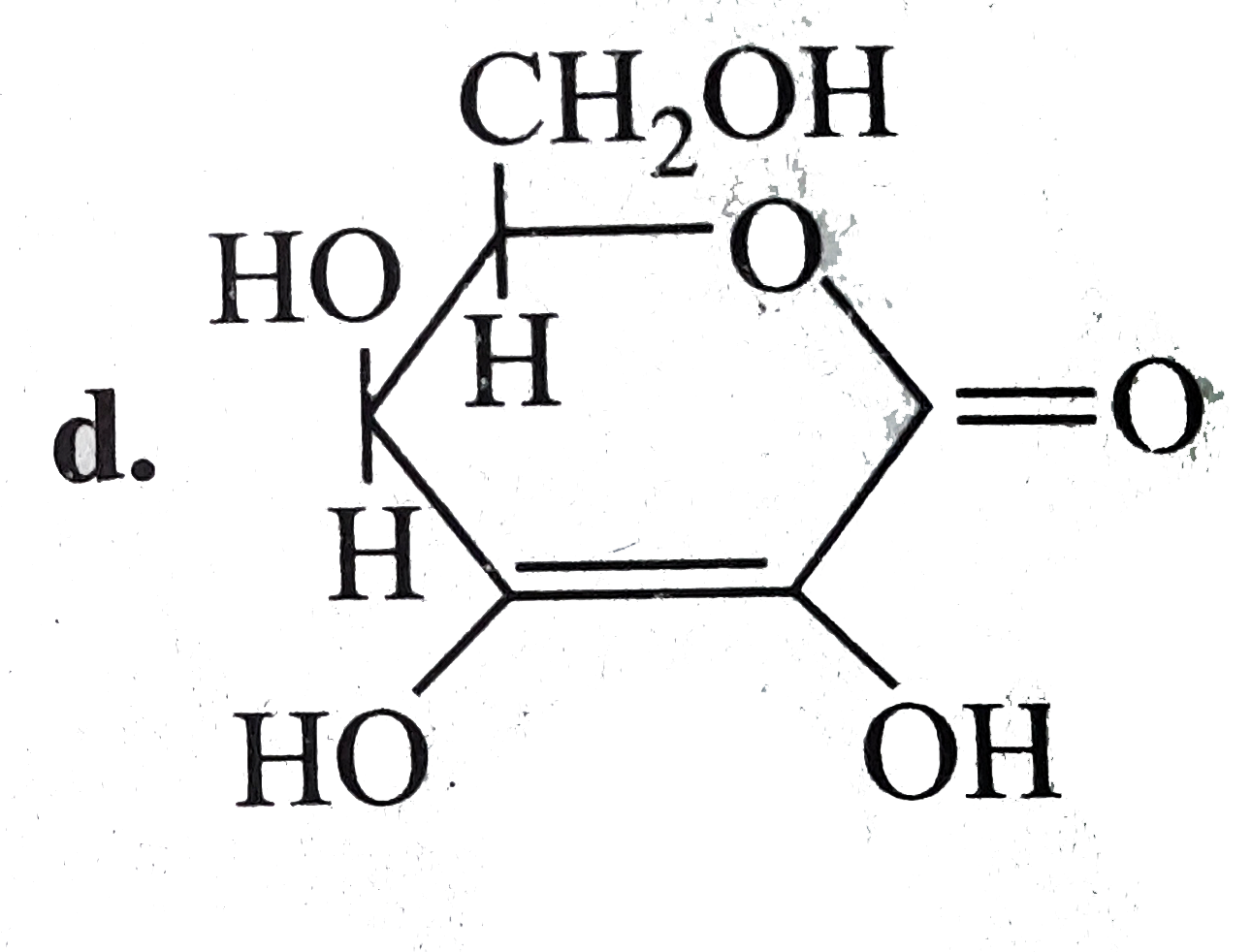

The compound (G) and (H), respectively, are:A B
B C
C D
D
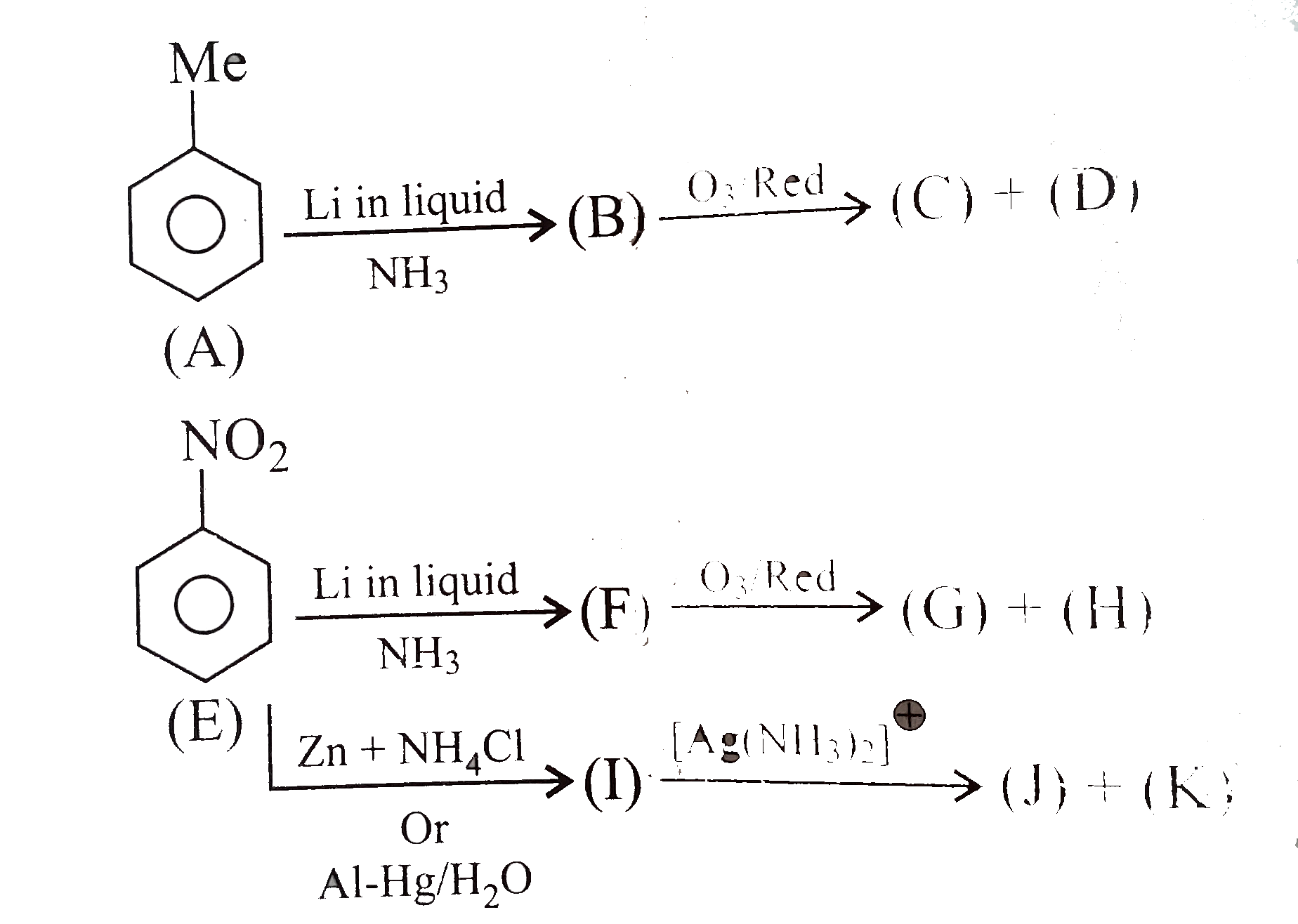
The compound (G) and (H), respectively, are:Aa. Bb.
Bb. Cc.
Cc. Dd.
Dd.

The compounds (G) and (H), respectively, are :
View Solution
The compound F(C6H12O) on oxidative ozonolysis yirlds acetic acid and a compound (G) (C4H8O3). The new compound (G) on heating gives:
View Solution
The compounds (F) are (G), resprctively, are:
View Solution
The compounds (F) and (G), repectively, are:
View Solution
The compounds (F) and (G), respectively, are:
View Solution

